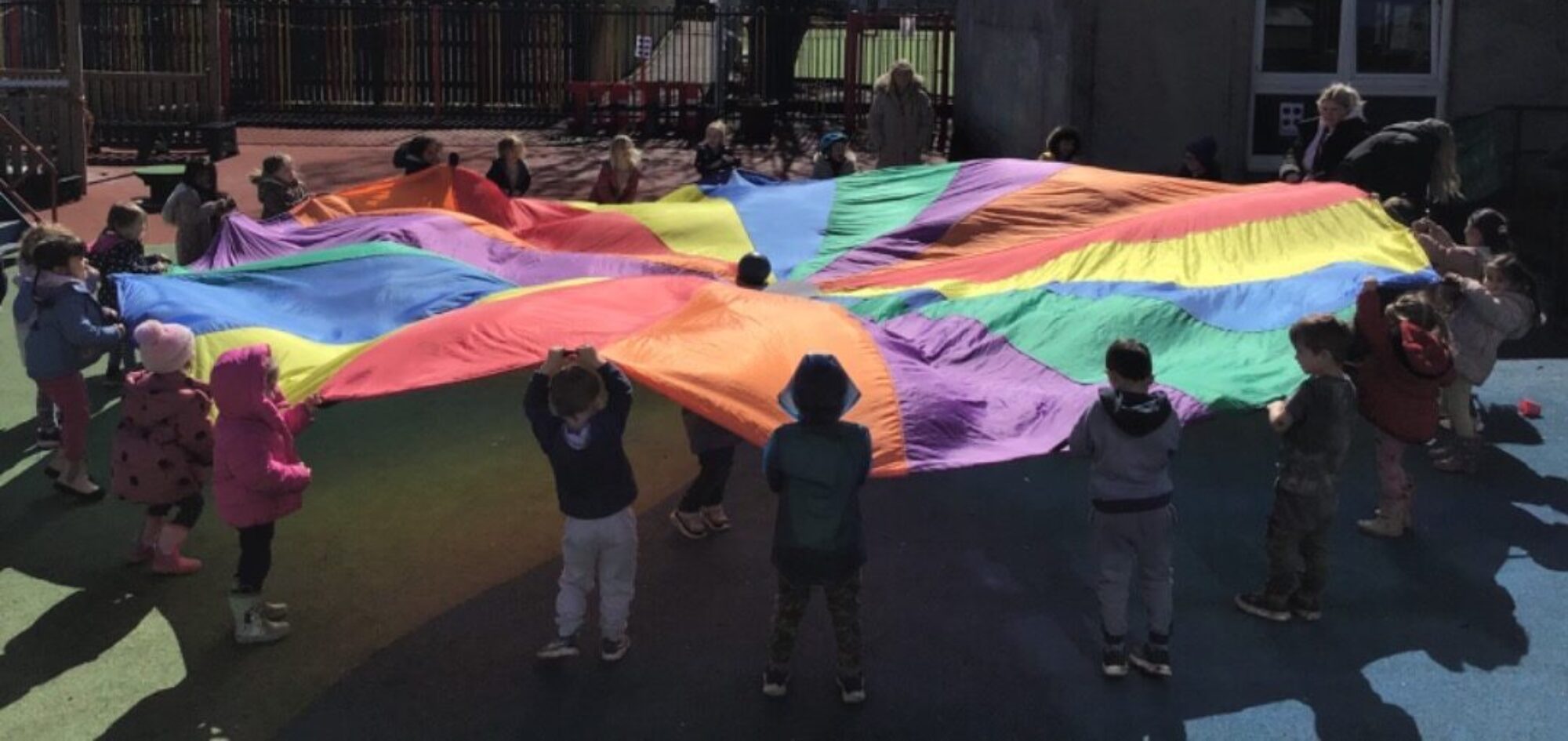As reflective practitioners it is important that we ensure all of our learners are accessing the very best out of our environment. We aim to meet the individual needs of all our children using a holistic approach to their social, emotional, physical and cognitive development.
In order to assess ourselves, our activities and our environment it is important that we look at our delivery critically, acknowledging area for improvement, where we can maximise the engagement and early years experience for your children.
Ferre Laevers – Emotional Wellbeing and Involvement Scale
Using the Leuven Scale for emotional wellbeing and Involvement we carry out up to 3 class screens a year. During these screenings we are observing children’s emotional wellbeing and engagement.
The Leuven Scale is a five-point scale that allows early years practitioners to measure children’s ’emotional well-being’ and ‘involvement’ – two vital components of learning, development and progress in children.
The Leuven Scale is a form of assessment created by Professor Dr. Ferre Laevers, director of the Research Centre for Experiential Education based in the Leuven University, Belgium. Laevers states “children in a high state of ‘well-being’ are like ‘fish in water’. They are comfortable in their environment, confident and eager to experiment and explore. Whereas, children with low levels of well-being often appear frightened, anxious and dependent, making it hard for them to learn in a sustained way and explore their potential. Similarly, high levels of ‘involvement’ – characterised by curiosity, fascination, deep satisfaction and a genuine interest in what they are doing – is an indicator of ‘deeper-level’, meaningful learning”.
Further information on the leuven scale and how it can inform planning and experiences in the early years can be found by clicking here.








